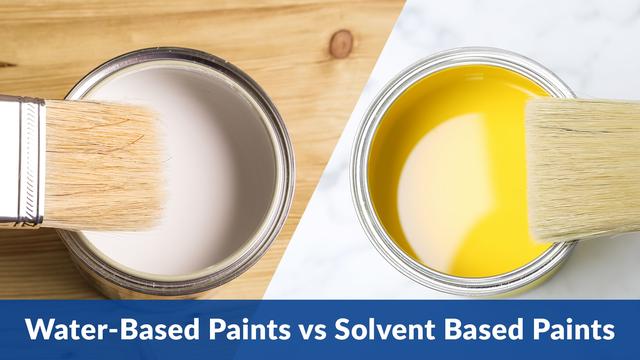Water-based paint
Common hazardous ingredients
Acrylic resins, ethylene glycol, lead, mercury.
Potential hazards
Anti-fungal or “mildew resistant” paint with mercury pesticide is highly toxic. Any latex may contain mercury if manufactured before 1991 or lead if manufactured before 1979. Air pollutant.

Use
Determine the amount of paint or finish that you need for the job and buy only that amount. Apply paints by brush or roller rather than by spraying.
Storage
Keep the container tightly closed when not in use and store in a secure area.
Disposal of paint
Best: Use up or give away. Air dry empty containers in a secure, well-ventilated area and dispose of in the garbage with the lids off.
Second best: Take to a PaintCare drop-off site, hazardous waste facility or collection event.
Third best: Air dry unwanted paint in the can if it does not contain lead (manufactured after 1978). Leave lid off until the paint dries out and dispose of in the garbage. Alternately, add kitty litter, sawdust or another drying agent until all liquid is absorbed and discard solidified paint in the garbage.
Disposal of paint cans
Recycle dry, empty metal paint cans and lids at the curb. If possible, put the metal lids inside the can and crimp the top so the lid does not shake out. You can also recycle plastic containers at the curb unless they have a metal rim, in which case they are trash. A thin film of paint is acceptable in containers that are recycled curbside. Plastic paint lids are not recyclable.
Alternatives
Look for paint that is labeled with words such as “low solvent,” “low VOC” or “no VOC.” These paints have little or no ethylene glycol or other volatile organic compounds.
Use whitewash (a combination of hydrated lime, water and salt that lacks heavy metal pigments, alkyd resins and other chemicals in paint) for fences, barns, basements and outbuildings. Use a dust mask when mixing.







